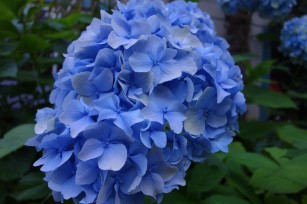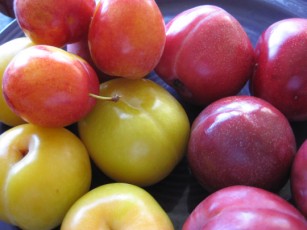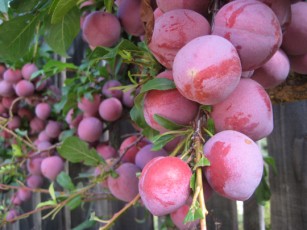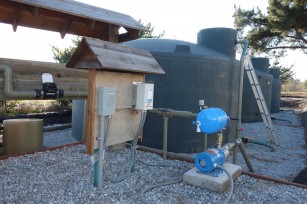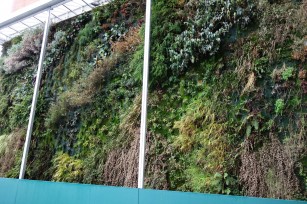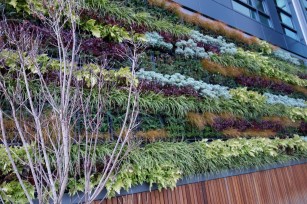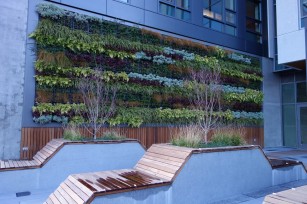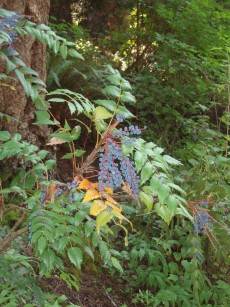Seems like I "Google" something nearly everyday. I can barely remember what life was like before the information highway. For subjects like gardening however information from your own neck of the woods is the best. Locals have knowledge of weather patterns, plant behavior, pests and diseases, flowering sequences- you name it – there's a neighbor or friend or local expert who can help you. I'm fortunate in that lots of people ask questions of The Mountain Gardener about gardening here in our unique part of planet earth. Here are some recent inquiries. You might be wondering about the same things.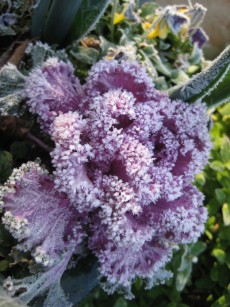
We all rely on Sunset's Western Garden Book as the bible for gardeners. With each new edition I eagerly look to see if they've figured out that Felton is not in zone 7. Sure it was pretty cold around here in January but even with climate change the San Lorenzo and Scotts Valleys are not as cold as a zone 7. Even considering microclimates we can grow a wide variety of plants that would not survive in the Sierra foothills, the Gabilan range, the Coast range or other zone 7 areas. Wish they would ask local nurseries and knowledgeable horticulturists what the weather is really like here.
Knowing the climate in your area helps determine what you can grow in your garden. It's confusing to both new and seasoned gardeners alike. Here are some tips to help you determine in what zone you garden.
Zone 7 has the coldest winters in our area. Very high ridge tops like the Summit area and the most northern portions of Bonny Doon lie in this zone. My records show average winter lows ranging from 15-25 degrees based on 20 years of input from gardeners in these areas. This does not apply to other areas of zone 7, just those around here. Record lows have occurred during freezes in 1990, 1996 and 2007 but as gardeners we rely on average highs and lows to help guide our planting times. Spring weather comes later in this zone with the growing season mainly from April – October.
Zone 15 encompasses most of our area. Winter lows average 20-30 degrees. The valley floor of both San Lorenzo and Scotts Valley lie in this zone and are what I call "a cold 15". Cold air sinks and is trapped in these areas. Often there is damage to the tips of oleanders and citrus while gardenias and tropical hibiscus need a lot of extra protection.There are warmer parts of this zone, though, where the growing season starts in March and ends in November. These areas rarely get a freeze after March 15th or before Thanksgiving.
Zone 16 – those who live up off the valley floor but below ridge tops live in this "banana belt". Pasatiempo also falls in this thermal zone. Light frost can occur during the winter but mostly the winter lows in this zone stay near or above freezing. You might have cold pockets on your property however so plan accordingly.
Some gardening tasks are dependent on the weather. Many shrubs,perennials and grasses are to be pruned after danger of frost is past and many vegetables should be started after this time as well. As a reminder the estimated date of our last hard frost is March 15th. I've kept a weather journal for my area, the San Lorenzo valley, since 1992. Based on my records, we may get a few frosts, especially after a storm, in late March or early April but for the most part, we have mostly passed the chance of having a heavy frost. Still it's a good idea to have a cardboard box or blanket ready to protect your young seedlings.
I hope this helps in choosing plants that will thrive in your garden.

